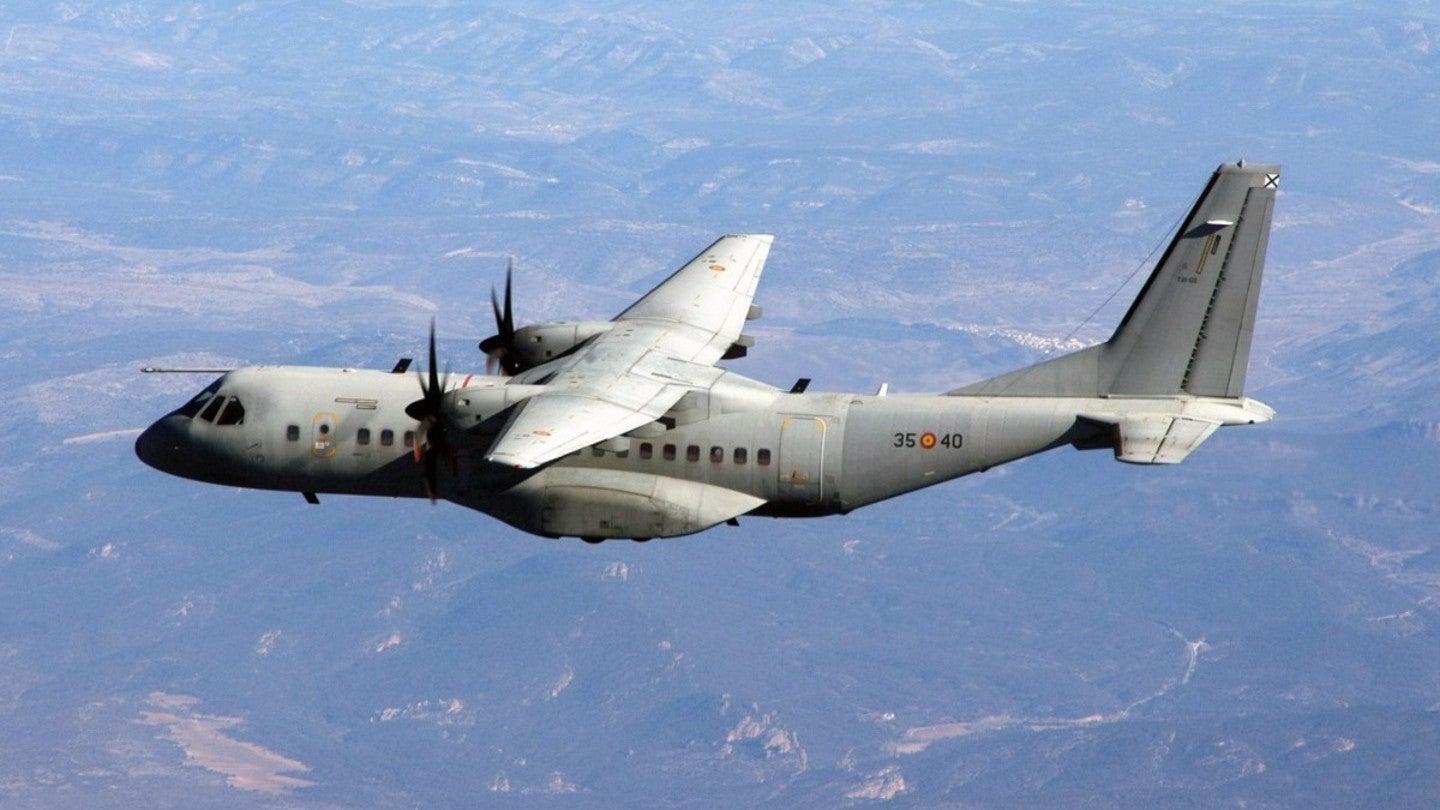
The Nato Support and Procurement Agency (NSPA) has awarded a contract to Indra for upgrading the Spanish Air and Space Force’s C295 military transport aircraft.
The Spanish company will be responsible for renewing the radar warning and self-protection controller system of the entire C295 or T.21 fleet deployed under the 35th Spanish Air and Space Force Wing.
Indra will equip the transport aircraft with ALR-400 radar warning receiver as well as electronic warfare (EW) controller.
It will enhance the analysis capabilities of the Spanish Air and Space Force to detect threats and adversary signals in real-time.
Besides, the Spanish forces will use the upgraded systems to get a more precise understanding of their pilots and crews’ safety, while contributing to strengthen the overall situational awareness.
Apart from detecting threats, the ALR-400 provides specific guidance on the position of the transmitter as well as the type of aircraft/radar from where the signal has originated.
This radar can further process complex waveforms, such as doppler radars and threats that utilise frequency agility and low probability of interception techniques to ensure that they are not detected by any radar.
Once upgraded, the C295 military transport aircraft will provide enhanced capabilities to the 35th Spanish Air and Space Force Wing for undertaking aircraft protection missions in conflict zones.
The Nato agency informed that this is the first ALR-400 equipment order finalised between the NSPA and Indra.
Currently, the NSPA supports more than 500 airborne platforms in 15 nations to operate with this warning system, which is also a part of the Nato’s existing technology portfolio.



